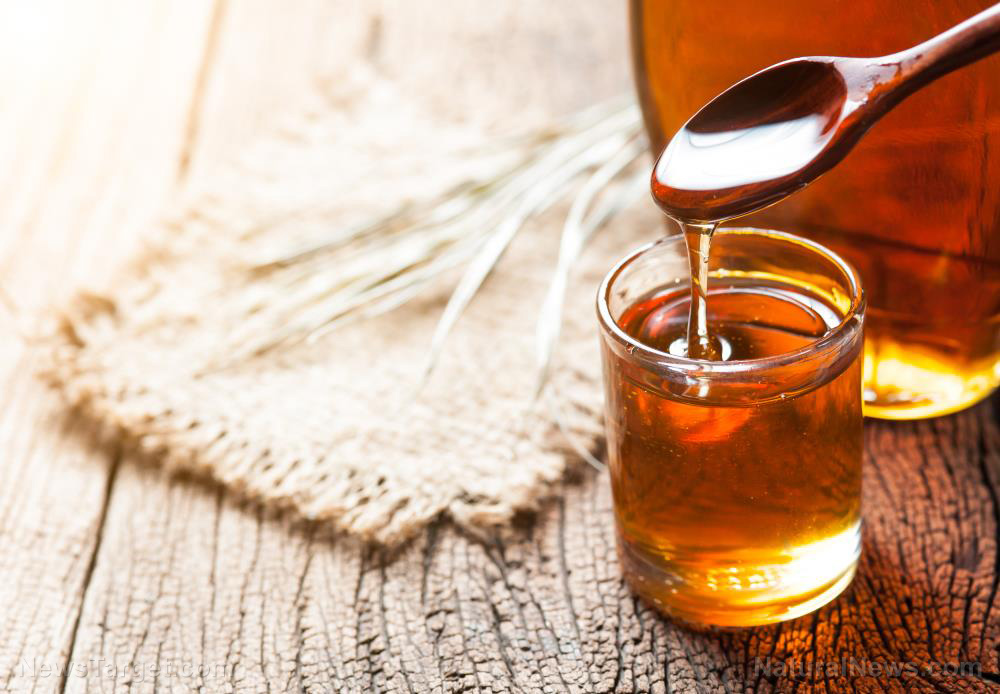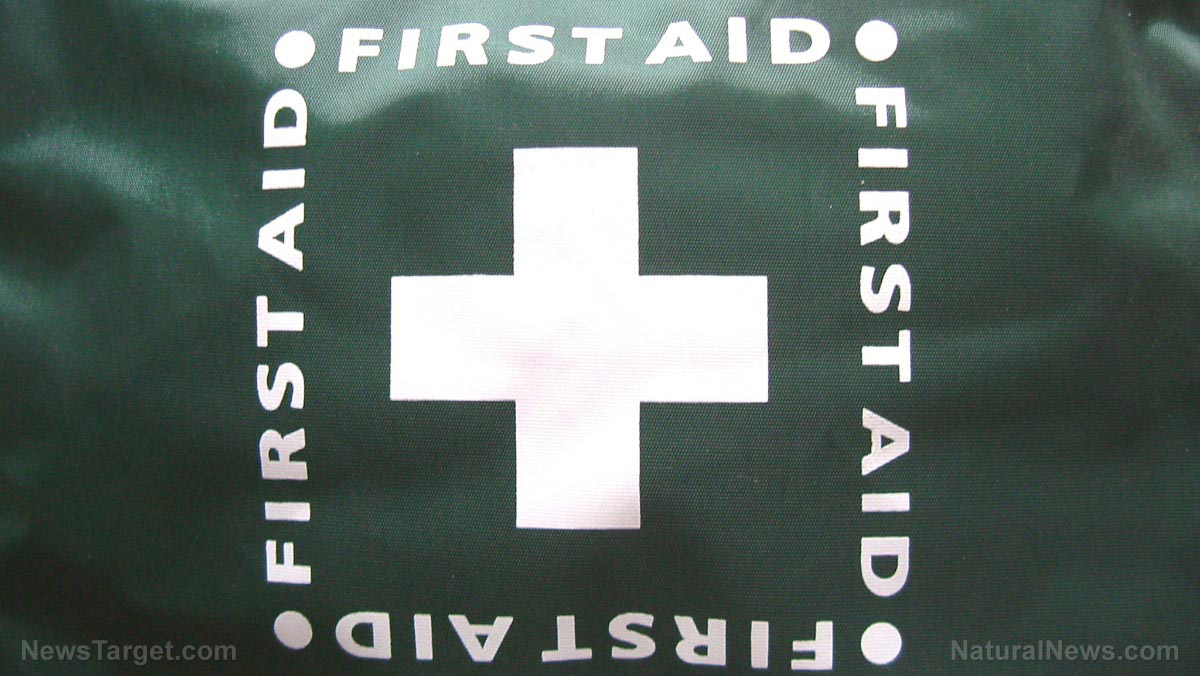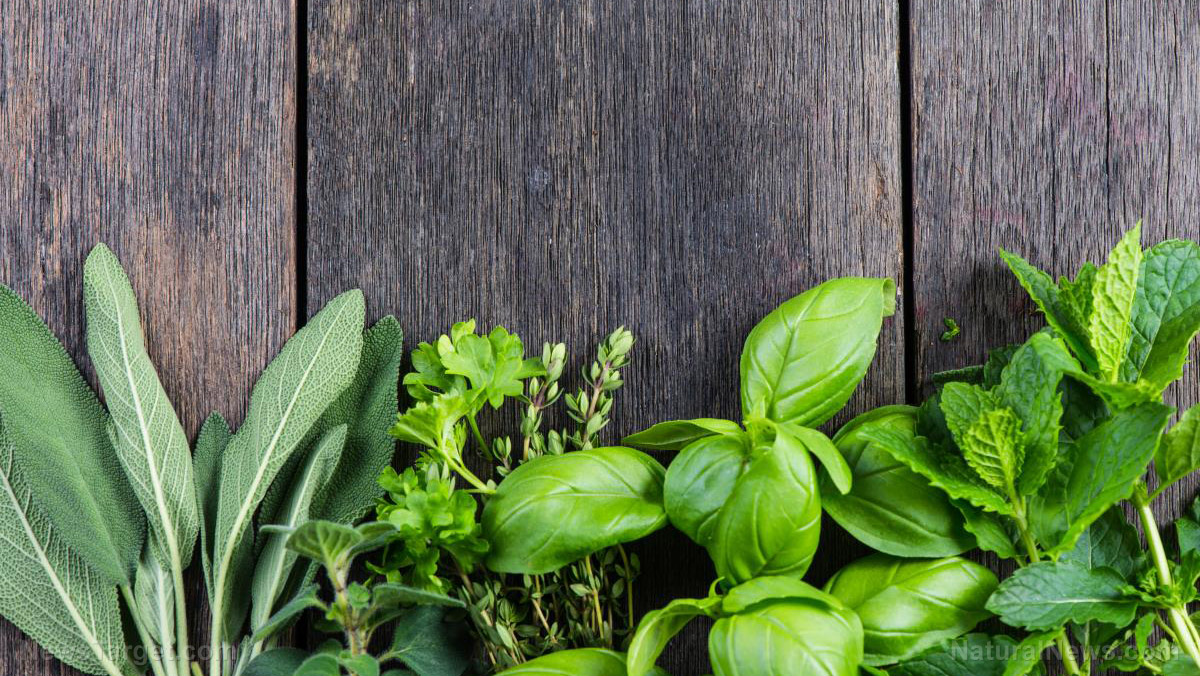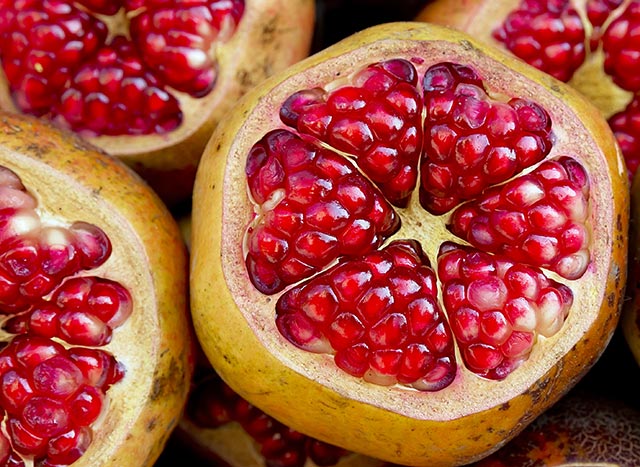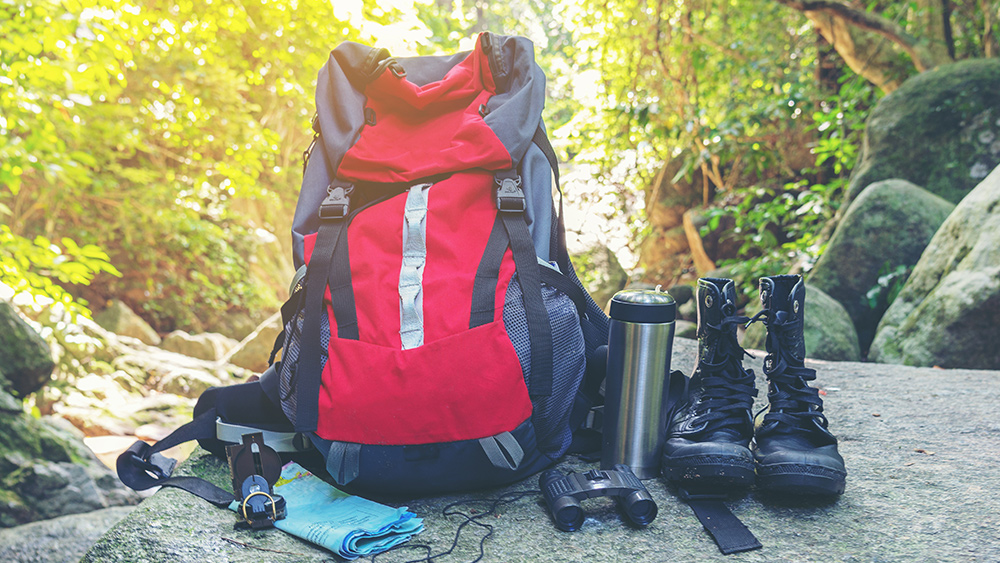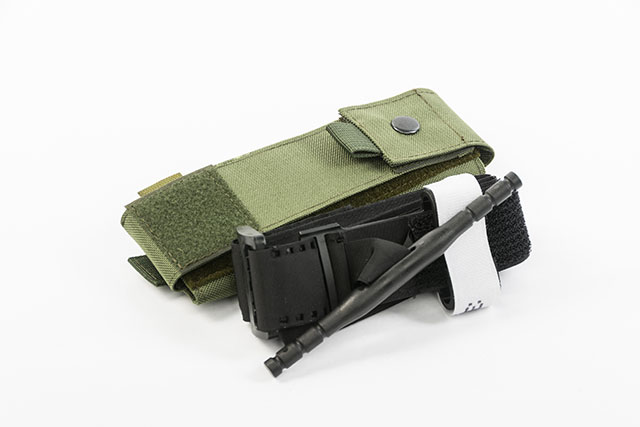7 Trees every prepper should know and why
08/31/2021 / By Divina Ramirez
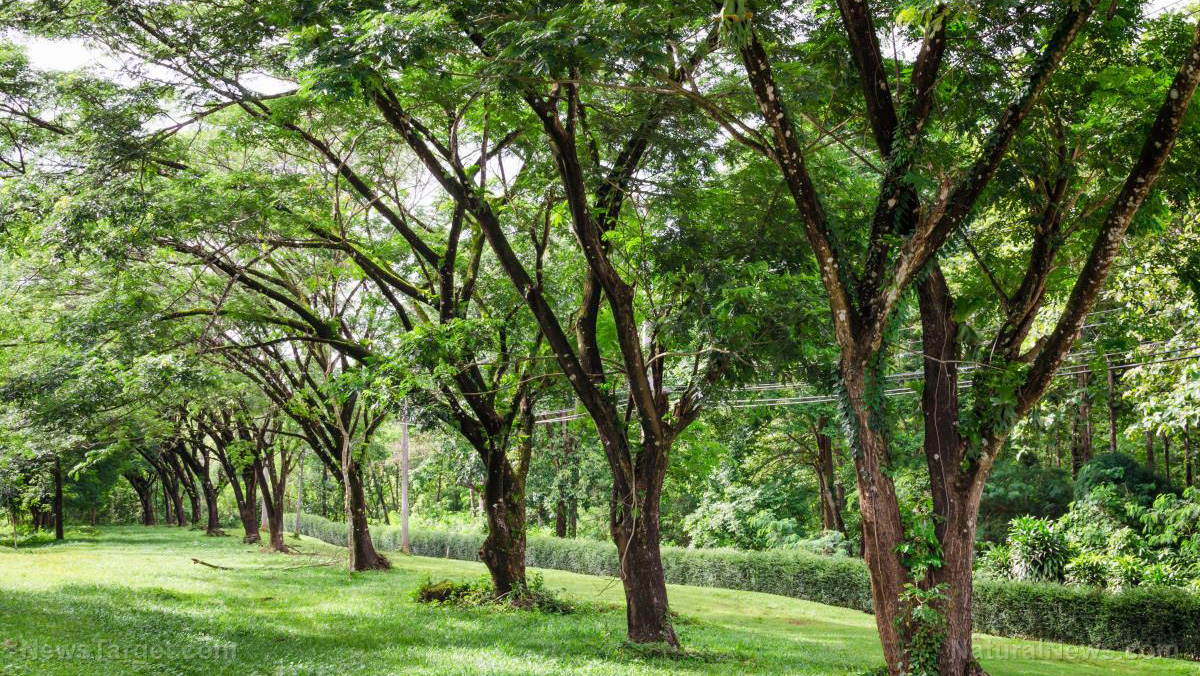
Trees are a prepper’s best friend in a survival situation. If you find yourself with very limited resources, you can make the most of trees by using their bark for food or tinder, their branches for fire and their sap for wound dressings.
Listed below are seven trees that are particularly useful in survival scenarios and the different ways you can use them to help keep you alive: (h/t to PrimalSurvivor.net)
1. Pine
Pine trees are one of the easiest trees to identify because of their needles and cones. Pine trees grow prolifically throughout the northeastern and central parts of North America. Its wood can be used to make fire or a survival shelter. The tree’s sap can also be applied topically to prevent infection.
The needles, which are loaded with vitamins A and C, can also be brewed to make an immune-boosting tea. They also make excellent tinder.
When it comes to pine bark, however, only the bark of white pine trees is considered safe to eat. Avoid bark from yew trees, Norfolk Island pine trees and ponderosa pine trees since those can be toxic.
White pine bark can be fried in strips, dry roasted or ground up and mixed with flour to make bread.
2. White birch
White birch is easily identified by its white, paper-like bark. It’s also easily distinguished from other white trees because its bark peels off in thin furls. White birch leaves are small and oval-shaped with a pointed tip and irregular grooves. This hardwood tree is native to northern North America.
White birch sap is sweet and safe to drink even without purification. In a pinch, you can easily make containers from white birch bark. The bark also makes excellent tinder because it lights even when damp. Heating white birch bark over a fire also gives you sticky tar, which you can use to bind materials or to waterproof tarps.
3. Maple
Maple trees are known for their large leaves that change into bright reds and oranges in the fall. These trees are best known for their tasty and nutritious syrup. But young maple leaves are also edible. You can boil them as you would any other leafy green vegetable to reduce their naturally bitter taste or add them to a salad as is.
Maple tree seeds, which are encased in helicopter-like leaves, are also edible. Just remove the outer casing before eating them. You can also add them for stir-fries and stews.
4. Cedar
Cedar trees are evergreens from the juniper tree family that can be easily identified by their needles, cones and bark. They have bluish-green needles that grow in groups along their woody branches. They also have large, barrel-like cones that grow upward on their branches rather than dangle.
Cedar bark looks like brownish-red “scales” that can be peeled off. Boiling the bark releases tannic acid, a natural astringent. The bark’s distinct smell can also repel insects like termites, moths and mosquitoes.
5. Basswood
Basswood trees, also known as lindens, are identified by their heart-shaped leaves and nut-like fruits. The leaves, which are edible, have an almost gelatinous texture. Young, tender leaves can be eaten raw or cooked. The tree’s flowers can also be eaten raw or brewed into tea. Just don’t consume too many to avoid heart issues.
In addition, the tree’s branches can be carved into wooden utensils or small furniture. You can even make cordage out of basswood bark by soaking it in water and rubbing it against a stick to separate the fibers.
6. Oak
Oak trees have a distinctive silhouette that is easy to recognize. They can also be identified easily by their characteristic lobed leaves and deeply fissured bark.
The bark and leaves of the oak tree are both edible. But the acorns, which contain the tree’s seeds, are the most versatile of the tree’s edible parts. However, acorns have a high tannic acid content that gives them an extremely bitter flavor. To reduce that bitterness, soak the acorns in water for a few hours before using them.
The leaves of the oak tree can be applied to wounds to promote healing and soothe irritation, while the wood can be used to make tools and build shelter.
7. Willow
Willow trees come in many varieties, but they’re all easily identified by their narrow, lance-shaped leaves. They usually grow near bodies of water, so they are a good indicator that there is a water source nearby.
Willow bark contains a chemical called salicin, which can relieve headaches and inflammation. Chewing on small, green willow twigs releases the chemical.
Young willow branches are very pliable and can be woven into nets, baskets and snares. In the summer, the bark peels away from the trunk. You can use this to make cordage. (Related: 6 Types of rope and why you need them for survival.)
Take note that most trees drop their leaves in the fall. Therefore, it’s important to know how to identify trees by their buds and bark as well.
Go to Survival.news for more articles with survival tips.
Sources include:
Tagged Under: basswood, cedar, emergency food, emergency medicine, food freedom, maple, oak, pine, preparedness, prepper, prepping, survival, survival medicine, Survival Tips, trees, white birch, willow
RECENT NEWS & ARTICLES
SurvivalMedicine.News is a fact-based public education website published by Survival Medicine News Features, LLC.
All content copyright © 2018 by Survival Medicine News Features, LLC.
Contact Us with Tips or Corrections
All trademarks, registered trademarks and servicemarks mentioned on this site are the property of their respective owners.




